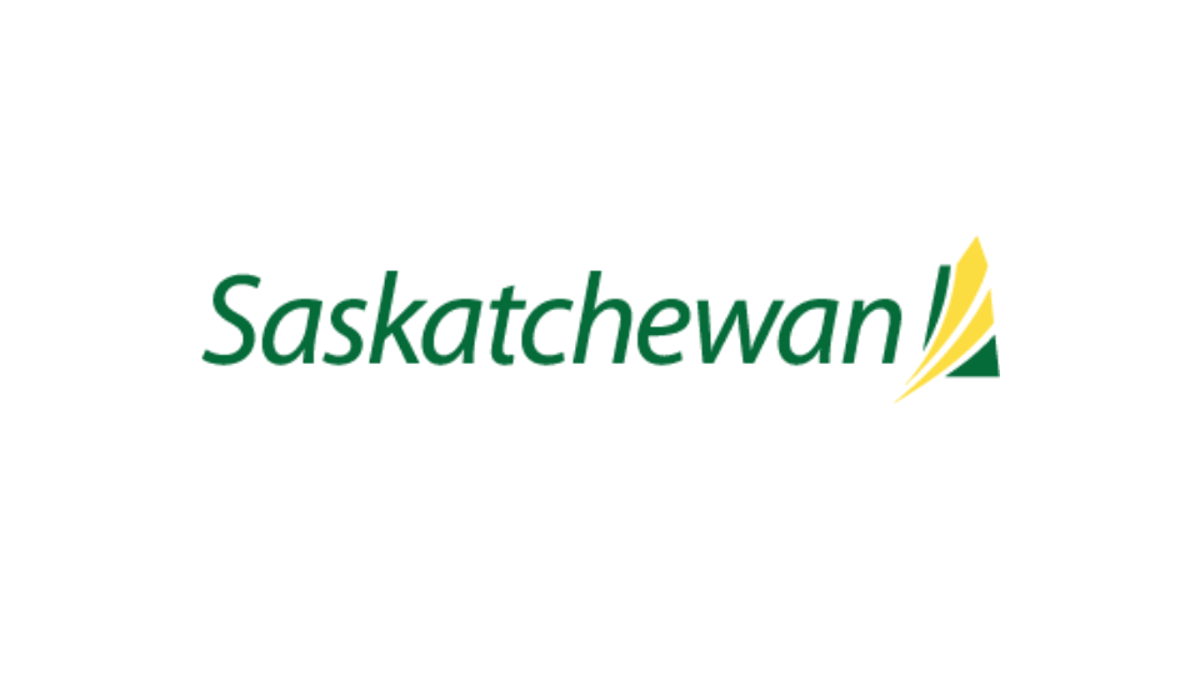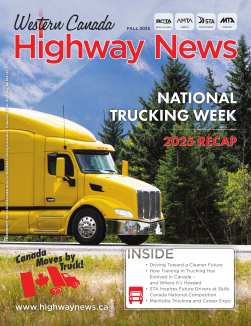
Winter Safety
Nov 17, 2022
Saskatchewan's winter climate can be extreme – frigid cold, severe changes in temperature, strong winds and heavy snowfall. This weather can wreak havoc on roads and keep snowplow crews moving to clear snow and ice from Saskatchewan's 26,000 km highway network. Ministry of Highways snow removal equipment now features blue and amber flashing lights to increase their visibility and to improve the safety of their operators and all motorists.

How to safely pass snow plows
- Treat snow plows the same as you would an emergency vehicle. If they are pulled over and have their lights flashing, slow to 60 km/h and pass with caution.
- If a snow plow is driving and has their light flashing, pass them whenever safe to do so.
- Snow plows pull over every 10 to 15 km to let vehicles pass. Take your time, be patient and safe.
- The blue lights are on whenever the plow is engaged in winter activity. This can include surveying, sanding, salting, plowing, etc.
Things to know about the Snow Zone
- Blading snow off the road creates a "mini blizzard" next to and behind the snow plow, especially in windy conditions. This is referred to as the Snow Zone.
- It can be difficult to see snow removal equipment within the Snow Zone. Watch for the black and yellow checkerboard, wind scoop, and flashing amber and red lights – called wig wag lights – on the rear of the snow plow truck. Slow down and drive with caution.
- Snow plows must travel slower than regular traffic when pushing snow and spreading salt and sand. Give the snow plow operator room to do their job.
- Snow plows stop at all railway crossings to ensure it is safe to cross and the plow blade will clear the track.
- Snow plow operators are often out in treacherous conditions to make the highways as safe as possible for you; not to get in your way.
- Every winter, snow plows are hit by motorists that don't see them or see them too late. The vast majority of these accidents are rear‐end collision incidents where motorists have not driven with caution in the snow.
Road Surveillance
Regular inspections in winter months are conducted to determine the state of a highway, which helps determine the following:
- What maintenance may be needed
- What updates to driving conditions need to be made on our Highway Hotline
- Winter night surveillance operators travel highways around Regina, Moose Jaw, Saskatoon, and Prince Albert, to report conditions and treat snow and ice during late night and early morning shifts.
How highways are prioritized for snow removal
Highways are prioritized for snow removal and ice treatment based on highway classification and traffic volumes (Annual Average Daily Traffic AADT)
Level 1: The highest priority given to the busiest major highways with greater than 1,500 AADT:
- Examples of highest priority Highways are 1, 7, 10, 11, 16 and 39.
- Snow removal initiated as soon as practical or after 3 cm of snow accumulated on driving lines.
- Snow plowed and ice treated (or assessed for treatment) within six hours of the end of the storm. Extra time may be needed in extreme circumstances.
Level 2: Highways with AADT between 300 and 1,500:
- Snow plowed and ice treated (or assessed for treatment) from driving lanes within 12 hours of the end of the storm. Extra time may be needed in extreme circumstances.
- Snow removal starts when resources are available without jeopardizing service on Level 1 highways.
Level 3: Highways with an AADT less than 300:
- Snow removal starts as soon as resources available without jeopardizing service on Level 1 or 2 highways.
- Snow plowed and ice treated (or assessed for treatment) within 24 hours of the end of the storm (extra time may be needed in extreme circumstances).
Services during poor visibility
Winter highway maintenance will not begin when visibility is less than 250 m (as defined by Environment Canada). This is determined locally or from a nearby weather station. If equipment is already operating on the road and the visibility is near 250 m or marginally less than 250 m, the operation may continue. If visibility drops to less than 100 m, then equipment will be removed from the road at the nearest safe location.
Only emergency work (protection of others from injury or death) is carried out when visibility is less than 250 m. This work will only be performed to assist emergency personnel and will be performed at the discretion of the District Operations Manager.



